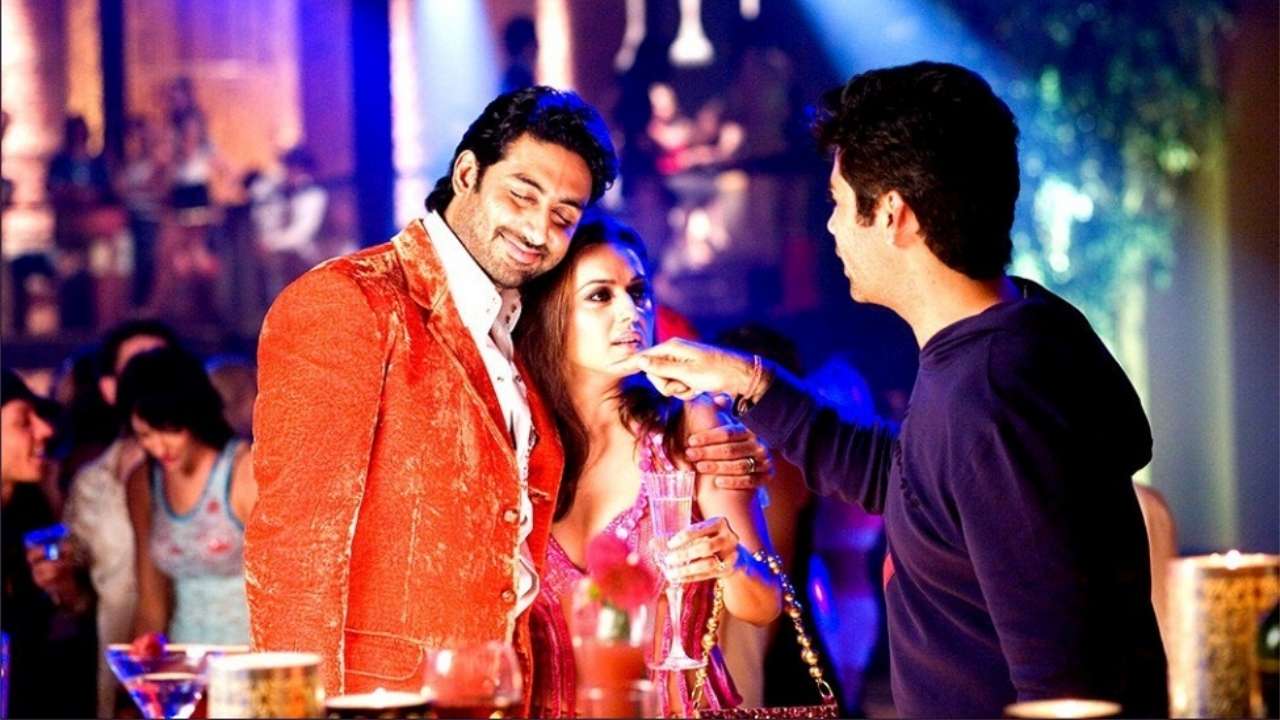


This body of films begin to acquire new audiences in affluent and cosmopolitan South Asian diasporic sites, and in previously unbroken Western territories like Germany, Austria and Switzerland.

This mutation is also significantly marked by unmooring the “Indian” hero from the coordinates of the national territory (initiated by DDLJ), who will hereon be located in the global metropolises of London and New York, mediating the challenges of transnationalism. Johar’s following productions- Kabhi Khushi Kabhie Gham (2001), Kal Ho Naa Ho (2003) and Kabhi Alvida Naa Kehna (2006)-build upon the enduring Raj-Rahul fiction, but begin to transmute the college-going lover-boy into a more complex adult, who may be biologically impure, diseased and dying, or sexually/morally transgressive. The sheen of the later, romantic-domestic dramas, speaking to a rapidly liberalising economy and the attendant rise of the Hindutva movement, stamps out the grim residue of the angry young man, traces of which appear via mobilisation of the revenge genre-in SRK’s earlier works. Characters essayed by SRK-lover boy Raj Malhotra and yuppie Rahul Khanna-rewrite the psychotic anti-hero image that come in films that preceeded them: Baazigar (1993), Darr (1993) and Anjaam (1994). SRK as a brand emerges in the late 1990s, fuelled by the overwhelming success of Aditya Chopra’s Dilwale Dulhania Le Jayenge (1995) and Karan Johar’s Kuch Kuch Hota Hai (1998). It is important to first map the brand’s textual trajectory through Khan’s cinematic oeuvre. But what are its coordinates? More importantly, how does it connect with the 24x7 news cycle, obsessed with Shah Rukh Khan’s son Aryan’s arrest following a dubious drug-bust?


 0 kommentar(er)
0 kommentar(er)
